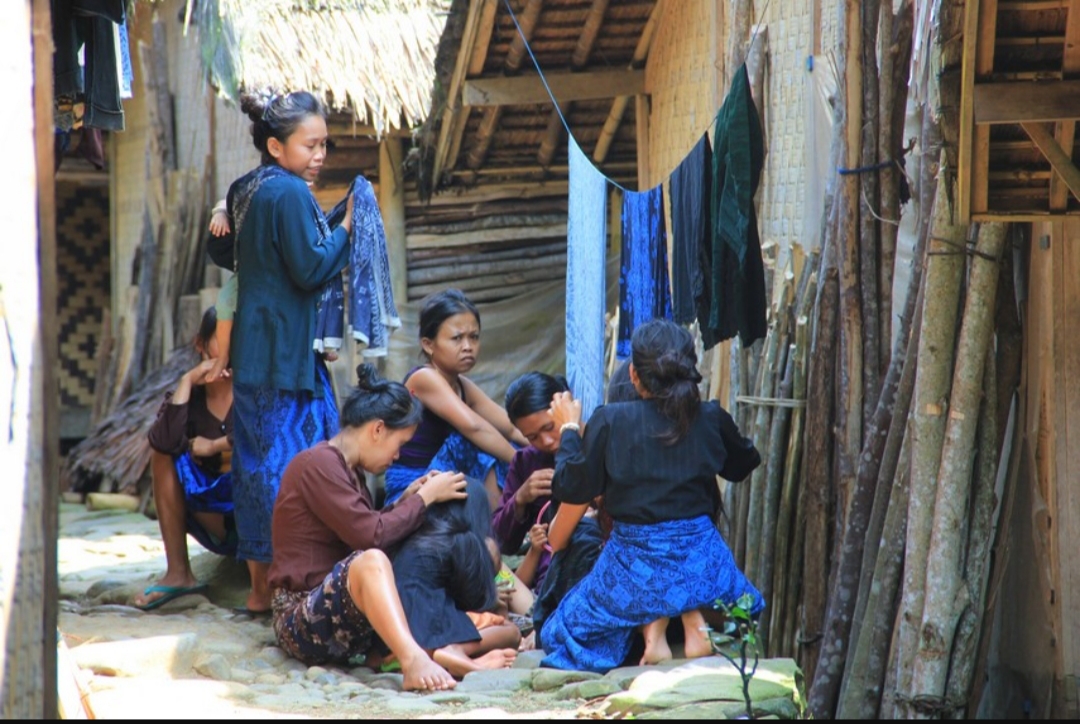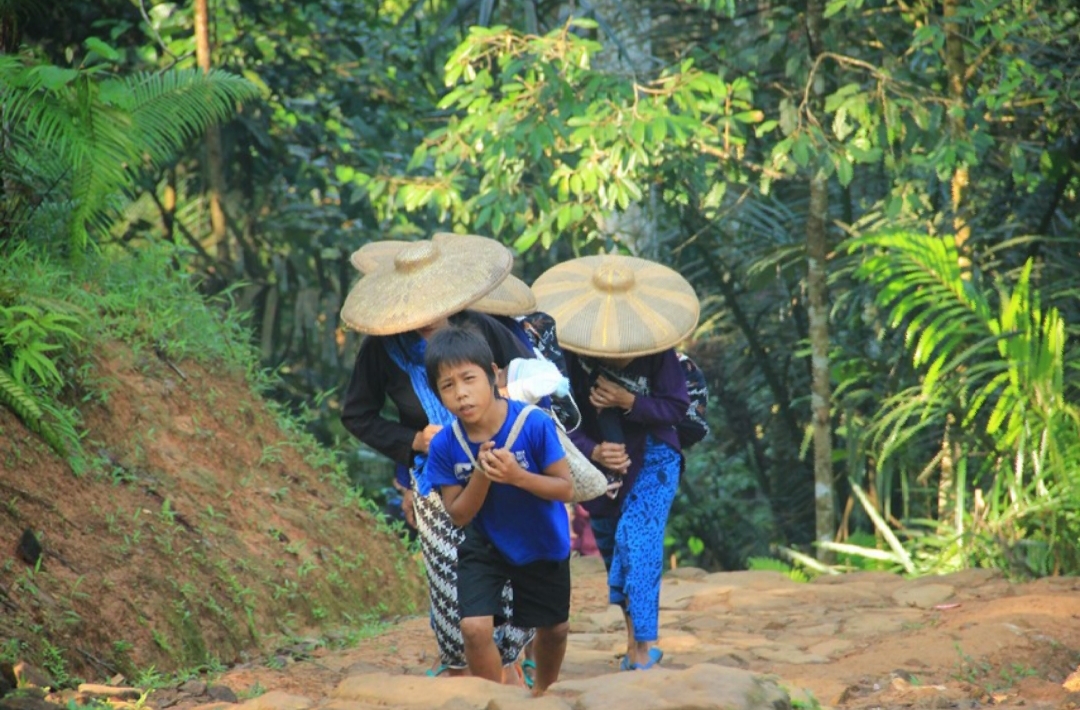Baduy Traditional Rules
As a country that is rich in art and culture, Indonesia is inhabited by a variety of tribes who live in all corners of the archipelago. Local wisdom and its customs maintain the preservation of Indonesia's nature so that it is able to be well maintained and synergize with nature. Baduy names are among the many tribes in Indonesia. This Sundanese ethnic group lives with nature in the Kendeng Mountains, Kanekes Village, Leuwidamar District, Lebak Regency, Banten.
The Baduy tribe is divided into two groups called Inner Baduy and Outer Baduy. the most fundamental difference between the two tribes is in carrying out pikukuh or customary rules during implementation. If the Inner Baduy still adheres to tradition and adheres to the customary rules well, on the contrary not with his brother Outer Baduy.
the Outer Baduy community has been contaminated with outside cultures other than the Baduy. The use of electronic goods and soap is allowed by the customary leader, who is called Jaro, to support his activities in carrying out daily activities. besides that, the Outer Baduy also accepts guests from outside Indonesia, they are allowed to visit to stay at one of the houses of the Outer Baduy residents.
Other differences can be seen from the way the clothes are worn. traditional clothes or clothes in the Outer Baduy daily are implied in dominating white bandages, sometimes only the pants are colored black or dark blue.
The white color symbolizes purity and a culture that is not affected from the outside. different from the Outer Baduy who wear all black or dark blue clothes when doing activities.
Baduy Dalam has three villages which are tasked with accommodating basic needs that are needed by all Baduy people. this task was led by Pu'un as the highest adat leader assisted by Jaro as his deputy. The villages of Cikeusik, Cikertawana, and Cibeo are the three villages where the Baduy Tribe lives, while the Outer Baduy community lives in 50 other villages located on the hills of Mount Kendeng.
the term Baduy is a gift from Dutch researchers who see the similarities of the people here with the Badawi or Bedoin people in Arabia. This resemblance is because in the past, people here often moved to find the perfect place for them to live. but there is another version that says, the name Baduy is the name of the Cibaduy River which is located in the northern part of Kanekes Village.
The livelihoods of the people of Baduy are generally farming and farming. Its fertile and abundant nature makes it easy for these tribes to produce their daily needs. the results of coffee, rice, and tubers are the commodities most often planted by the Baduy community.
But in the practice of farming and farming, the Baduy do not use buffaloes or cows in cultivating their land. Four-legged animals other than dogs are strictly prohibited from entering Kanekes Village in order to preserve nature.
The natural sustainability process is also very applicable when building their traditional houses made of wood and bamboo. it can be seen from the contours of the land that are still tilted and not excavated to protect the nature that has given them life.
The houses here are built with river stones as the foundation foundation, which is why the pillars of the house look not as high as the other pillars.
there are 3 rooms in the Baduy traditional house with their respective functions. The front is functioned as a receptionist and a weaving place for women. the center functions for the family room and bed, and the third room located on the back is used for cooking and a place to store the produce of fields and rice. All rooms are covered with floors made of woven bamboo. while on the roof of the house, palm fiber or coconut tree leaves. The house of the Baduy tribe was built face to face and always facing north or south. The factor of the sun's rays and going into the room is the choice why the houses here are only built in two directions.
like most tribes in the archipelago, the tradition of art in the Baduy tribe also knows the weaving culture that has been passed down since their ancestors. Weaving is only done by women who have been taught from an early age. there is a myth that applies if the man is touched by a weave made of wood, the man will change his behavior to resemble that of a woman.
This weaving tradition produces woven fabrics that are used in traditional Baduy clothes. This fabric is soft textured for clothing, but some are coarse textured. A rather coarse cloth is usually used by the Baduy community for headbands and belts.
Apart from being used in daily life, this cloth is also traded for tourists who come to visit Kanekes Village. not only cloth, there is also a cloth from the bark of a terep tree that is characteristic of the Baduy Tribe in matters of art. This bag called koja or jarog is used by the Baduy tribe to store all kinds of necessities needed when on the move or traveling.
the Baduy believe, they are descended from Batara Cikal, one of the seven gods or batara sent to earth. The origin is often also associated with Prophet Adam as the first ancestor. According to their beliefs, Kanekes have a duty to maintain the harmony of the world. This belief is also called Sunda Wiwitan. Trust that worships ancestors as a form of respect.
The area of the Baduy Tribe has been designated as a cultural preserve by the Lebak regional government in 1990the area that passes from Ciboleger Village to Rangkasbitung has become the place of residence of the Baduy Tribe which is the original tribe of Banten Province. Tourists can also visit this tribe through Ciboleger Terminal as the last stop of motorized vehicles.
from here the guide will invite tourists across the hill into the forest to find the outermost village of Outer Baduy Village. The time taken reaches 1 hour by climbing and decreasing. however, tourists who want to visit the Inner Baduy area can walk for up to 7 hours before arriving at Cibeo Village, one of the villages of the 3 Inner Baduy villages.



